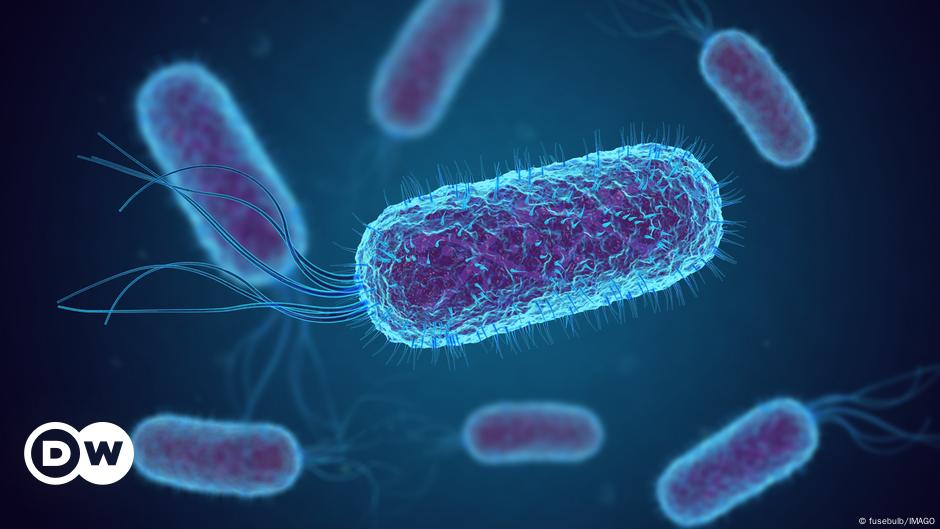Today, an increasing number of bacteria are becoming resistant to the drugs used to treat the infections they cause.
With antibiotics, you’re basically trying to kill the bacteria. However, risks to their survival and adaptation are always present. They can then reproduce and pass on the “survival” genes that have developed resistance.
While not all antibiotics will disappear, simply using antibiotics that are no longer effective is the equivalent of not having any antibiotics to treat a disease.
Antibiotics ‘will no longer work’
According to a study published in the medical journal lancetIn 2019, approximately 1.27 million people worldwide died due to infection with antibiotic-resistant bacteria.
The European Center for Disease Prevention and Control estimates that more than 670,000 cases of drug-resistant bacterial infections are recorded in Europe each year, resulting in approximately 33,000 deaths each year.
Medical experts are concerned about the declining effectiveness of many drugs. “They will stop working, so we need to look at alternatives,” said Chris Dawson, director of the infectious diseases research group at the University of Warwick in the UK.
This is how antibiotic resistance develops
In recent years, drug resistance has been increasing due to overexposure to antibiotics. Many doctors are happy to prescribe these medications even when they are not necessary.
Likewise, when patients stop antibiotic treatment early because they start to feel better, some bacteria are able to survive, overcome the antibiotic “low” and adapt.
In some countries, you can even buy antibiotics without a prescription.
Antibiotics in the human food chain
Additionally, in agriculture, fruits and vegetables are sprayed with antibiotics to control pests. These drugs are also added to animal feed for large-scale meat production. As a result, antibiotics end up in our water and on our tables.
However, in food and water, bacteria are not exposed to enough antibiotics to die and instead develop resistance.
antibiotic resistant infections
According to the World Health Organization, the number of infections caused by antibiotic-resistant E. coli and certain types of salmonella increased by 15% between 2017 and 2021.
“Many of the antibiotics used to treat typical pathogens of urinary tract infections are no longer effective today,” physicist Edwin Heucke told Helios Magazine.
Likewise, tuberculosis is rapidly becoming an increasingly difficult disease to treat due to antibiotic resistance.
What will the future of medicine look like?
Speaking to Deutsche Welle, Chris Dawson insisted that redoubled efforts are needed to develop alternative medicines to combat bacteria that are resistant to existing antibiotics.
As budgets for the field dwindle, scientists are abandoning their research. “Not only have we lost antibiotics, we have also lost the equipment to discover them,” he stressed.
(vt/cp)

